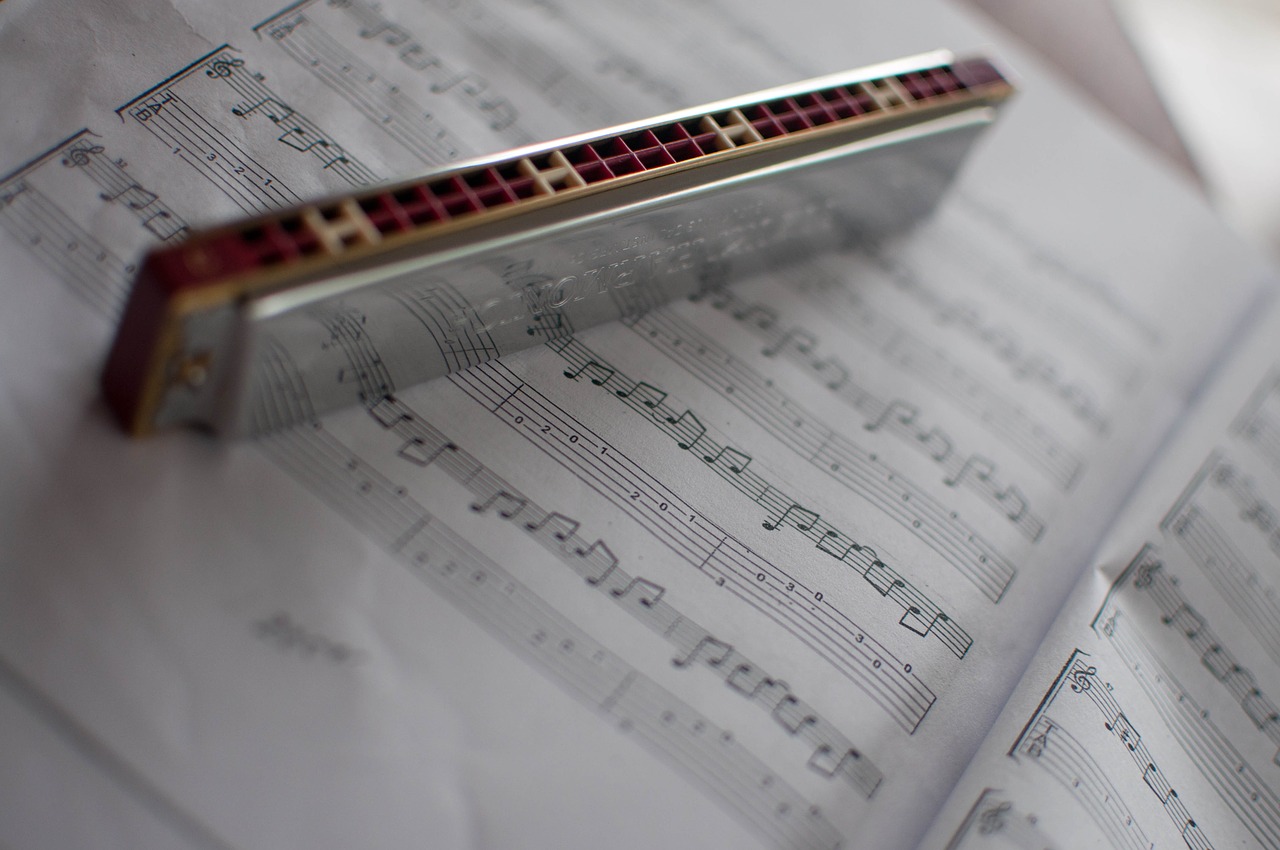
Pulmonary rehabilitation classes can be beneficial for people with lung disease including pulmonary fibrosis. In addition to exercise, pulmonary rehab provides education and support. But some rehab programs are also adding music to the mix.
It might be surprising to learn that harmonica therapy is being implemented in some pulmonary rehabilitation classes around the country. Playing the harmonica may be helpful for people with various types of lung disease including idiopathic pulmonary fibrosis and lung transplant recipients.
Benefits of Harmonica Therapy for Pulmonary Fibrosis
Using the harmonica is a fun way to encourage the breathing exercises taught in pulmonary rehab classes. Blowing into the harmonica and inhaling through the small holes creates musical notes. But it also mimics breathing exercises, such as pursed-lip breathing. While you are generating notes blowing into the harmonica, you are also creating back pressure similar to pursed-lip breathing.
Although pursed-lip breathing is often taught to patients with COPD, it can also be beneficial for people with pulmonary fibrosis to decrease shortness of breath.
Playing the harmonica may also improve diaphragmatic tone. The diaphragm plays a critical role in breathing. The problem is many people don’t use their diaphragm efficiently, especially if they become short of breath.
What often happens when someone becomes breathless is they take short, quick breaths from their upper chest often called panting. But when you belly breathe, you use your diaphragm more effectivity, which promotes deeper breaths and better gas exchange. As you play the harmonica, it facilitates belly breathing and may improve the strength of the diaphragm.
Playing the harmonica is also about learning better breath control. Certain songs may involve blowing to the harmonica in quick succession. Other songs may require alternating inhaling and exhaling at varying speeds. When you play, you learn to become more aware and in control of your breathing.
Learning to play the harmonica helps physically because it strengthens the muscles involved in breathing. But it can also provide an emotional boost. Music can improve mood and make breathing exercises a little more fun. Playing the instrument together in pulmonary rehab classes also provides a chance to socialize and laugh a little.
Getting Started with the Harmonica
Pulmonary rehab programs that have implemented harmonic therapy usually use a 10-hole diatonic harmonica. There are several types of harmonicas, but the diatonic is considered one of the best for beginners.
One of the great things about the harmonica is it’s not that difficult to learn. Even beginners with no musical background can learn to play easily recognizable songs.
To get the most out of harmonic therapy, it’s helpful to practice for at least ten minutes a day. If you get too breathless or dizzy, take a break and start back up when you catch your breath.
Wheather you’re trying to play a little blues or a country tune, learning to play a musical instrument takes some time. But with harmonica therapy, every time you practice, you’re also getting a little workout for your lungs.
Content written by Dr. Jeremy Feldman, an expert in Idiopathic Pulmonary Fibrosis, with contributions by MaryAnn DePietro, B.S. CRT, a licensed respiratory therapist.